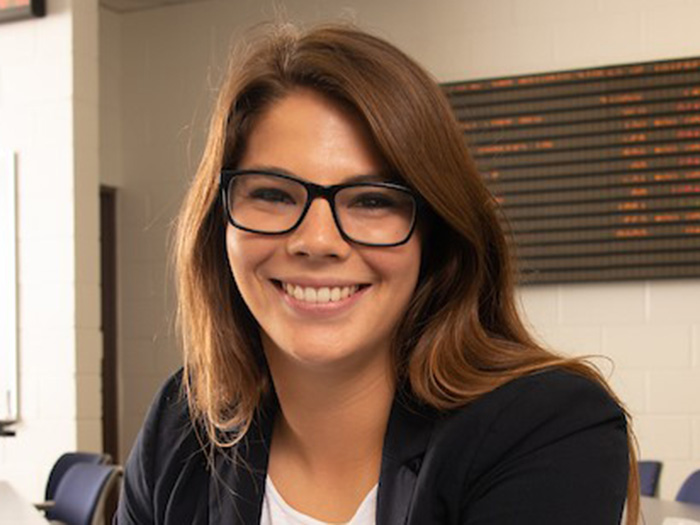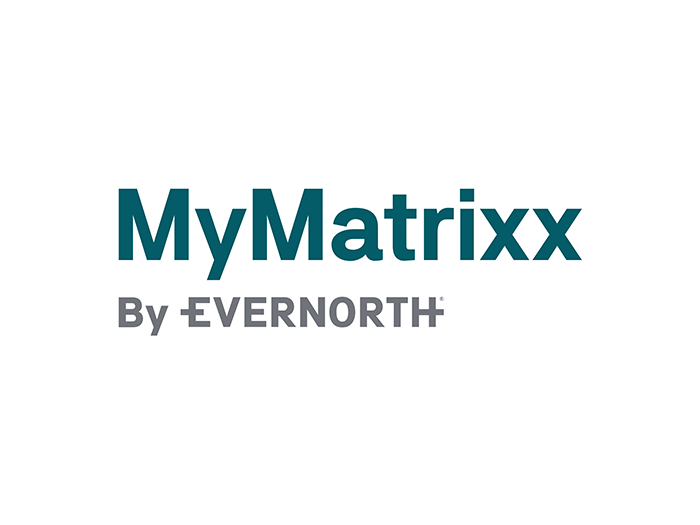Telemedicine, AI and Predictive Analytics: The Top Tech Applications Impacting Workers’ Comp

In a survey released at the end of April by Mitchell International, half of the responding workers’ compensation professionals reported that cost containment is the driving factor for adopting advanced technologies such as artificial intelligence (AI), predictive analytics, telemedicine, wearables, mobile technology and chatbots.
A third of respondents said telemedicine will have the biggest impact on the industry within the next five years, followed closely by artificial intelligence at 30% and predictive analytics at 20%.
Cost containment was also the main reason reported for adopting advanced technologies in a similar survey in 2017. However, in that survey, respondents foresaw telemedicine as more significant, with 45% naming it as having the largest impact, followed by artificial intelligence at 19%.
Almost all of the 2020 respondents said they have either already adopted those new advanced technologies or will within the next five years. Of those currently using advanced technologies, the majority are using predictive analytics, followed by telemedicine and mobile devices or connectivity.
“These findings confirm that the adoption of advanced technologies is at the forefront of the evolution of workers’ compensation claims management,” said Shahin Hatamian, senior vice president of product management at Mitchell.
“The rising importance of AI indicates the growing awareness that smart technology can automate many of the manual processes that are typical in workers’ compensation claims processes, making data actionable and improving the quality and immediacy of decisions.”
He noted that the survey was completed before the COVID-19 global health crisis. “We still anticipate that these trends will continue and be even more important over time, especially the use of telemedicine to safely triage and treat injured workers,” Hatamian said.
Additionally, 33% of respondents said they are currently using claims analytics to make business improvements, and 36% said they are either currently implementing or planning to implement claims analytics in the next five years. Participants also reported that, out of a list of common challenges, the most pressing issues their organizations face today are workflow efficiency, 28%; followed by cost containment, 19%; and turnover, 15%.
“Analytics is a capability many companies are currently using and will continue to adopt to improve workflow efficiency, lower costs and help injured employees get back to work faster,” Hatamian said. “As analytics improve and decisions are automated, employees can re-focus their time from absorbing and interpreting mountains of data to solving problems for injured workers.”

Amy Carlisle, vice president of claims strategic planning, Liberty Mutual and Helmsman Management Services
There is universal agreement on technology improving processing. Many sources stress, however, that decision making will still be done by humans. “Technology is the key tool for better outcomes across all lines, for us and for our customers,” said Amy Carlisle, vice president of claims strategic planning at Liberty Mutual and Helmsman Management Services.
“We recognized that as a claims leadership team and conducted a strategic-planning process for claims management nine months ago.”
She added that any implementation of claims technology is contingent on regulation and societal attitudes on privacy and data collection.
Given its presence in multiple lines, both retail and business, Liberty Mutual holds a deep data set for analytics. Not surprisingly, the insurer also has a $150-million venture-capital arm to foster technology, which is branded as Liberty Mutual Strategic Ventures.
Focusing on specific types of technology, Carlisle suggested that biometric sensors are at or near the top in terms of potential.
“We will go from smart watches to smart uniforms that could enable automatic recording of claims; not just trips or falls but abnormal heart rates. Other biometrics can support case management and recovery through to feedback for workplace safety and risk control.”
Carlisle was quick to stress that biometric measurement and reporting would have to be consensual with the wearers.
“We are seeing evolving comfort levels for sharing personal data,” she said. “Privacy must be controlled, and wearers must understand the safety and health benefits for them. Benefits to the employer, and then carriers and others, are real but are also secondary.”
For biometrics or any technology, the cost to benefit ratio remains paramount.
“For initial adopters of technology, there has to be some justification for the capital and operating expense,” Carlisle explained. Beyond cost, other important factors include effectiveness and any burden the technology puts on users. That is part of the collaboration with brokers and buyers. In assessing the drivers of loss, technology becomes a part of basic risk management.
Improving Processes
As was noted in the Mitchell survey, process automation is another major technology element in claims management.
“We and other carriers have moved as much as we can from manual processes to digital,” said Carlisle. She noted that was a tactical application of technology: It adds speed and accuracy to the existing process but does not alter it.
The next higher level technology, machine learning and artificial intelligence (ML/AI), starts to be strategic. “Those enable claims and case management using all the data,” said Carlisle. “They make the current process better and also start to shape a strategic view of changing the process for better outcomes.”
The fourth type of technology with vast potential is mobile devices. “We are strong in personal lines as well as commercial, and we are seeing this every day,” said Carlisle.
“Cars are becoming smarter, and autonomous vehicles will become a thing soon. We don’t know how exactly that will be, or when, but it is important to us. It will have implications in policy language, underwriting and claims processing.”
For example, she noted that in automobile insurance, “We spend most of our time today trying to establish liability. Imagine being able to use telemetric data to establish fault. We could see a dramatic reduction in litigation. We are seeking new partnerships in this area.”
Technology, as often is noted, is a double-edged sword, however. “As vehicles become safer, how we determine liability becomes more complex,” Carlisle said.
“If something malfunctions, where is the liability? The software supplier? The component maker? The car company? It will be a multi-step evolution to full automation.”
Faster Evolution
There are likely to be more changes in the next 10 years than there have in the past 50, according to Michael Combs, president and chief executive officer of claims-management firm CorVel.
“Moore’s Law [that the number of transistors on an integrated circuit board, and thus processing speed and capacity of computers, doubles roughly every two years] is still very much in effect. That increase in processing power means the potential for machine learning and artificial intelligence are increasing at the same rate,” he said.
Adding that “a combination of technology is what will have the most effect,” Combs asserted that natural-language processing, optical-character recognition and video interaction will all become much more powerful and useful.“Claims adjustors, case managers and others tend to work in their silos,” said Diane Blaha, senior vice president at CorVel.
“Too often that means they are working at cross-purposes. Our goal is visibility across silos.”
She added that applies for the company’s internal claims management as well as that of clients. “We have a book of business with carriers,” Blaha said, and they particularly like that benefit.
Across all manifestations, Combs said the important driver is that “the role of technology is changing. Historically reports came at the end of the month, the quarter, and the year. As sophisticated as they were, they were always descriptive of what had happened. People could only make decisions based on what had happened.
“With the advent of ML/AI,” Combs continued. “We moved to predictive data, but data were still detached. It was an output, not used within the system. The next step is going beyond prediction to what steps should be taken to affect the outcome of a claim.”
As an example, he cited a case where a prescription came in for opiates.
“We have to consider more than the bill. There is the patient and also other pharmaceuticals. AI can note that an overall morphine equivalence is nearing a level of concern and alert a pharmacist for review.”
That sort of thing can only be done with a collaborative system, Combs explained, when data can be considered in real time and predictions can be presented for possible action.
He stressed that the system only raises alerts and makes recommendations and predictions; the decisions are still made by people.
The patient is one of those people. “It is important that the system takes into account the patient’s sense of pain and expectations about time to return to work, among other things. There are also other factors such as child care and relationship with the employer.
“Automating those actions, and having things ‘remembered’ by the system for rules processing, frees time for case managers,” Combs said. “If we can limit interactions with the system, we can maximize interactions with the patient.”
Blaha added, “By using technology, workers’ comp will no longer be the laggard in the health care world.”
Breaking through silos can also mean looking beyond insurance to related fields. For example, CaseFleet provides software to attorneys who handle complex claims and disputes.
“There is exciting potential in machine learning for administration of insurance claims,” said Jeff Kerr, co-founder and chief executive officer of CaseFleet.
“ML/AI are very good at categorizing things like documents to support a case.”
In another example that mirrors the insurance business, Kerr related how “ML/AI can be used to predict how a case or a claim might turn out. That insight can be used to prioritize efforts and help decide what to settle, negotiate or litigate.”
Detection of fraud is common in commercial transactions and is becoming more so in insurance, Kerr noted.
“There are too many transactions to review everything,” he said.
“Using the historical data set, a prediction engine can flag or hold a claim for further review based on the likelihood of fraud. That is not replacing human judgment; it’s supporting and enabling it.”
CaseFleet systems are used for complex cases and also for ones that are not complex in and of themselves, but have large volumes of supporting data or documents. There are competing systems from Lexus-Nexus and Thompson Reuters.
CaseFleet is a standalone start-up.
“I do think that the availability of tools like ours has great potential for insurance, brokerage and claims processing,” said Kerr. “There are a lot of ways systems like ours can be implemented.” &











